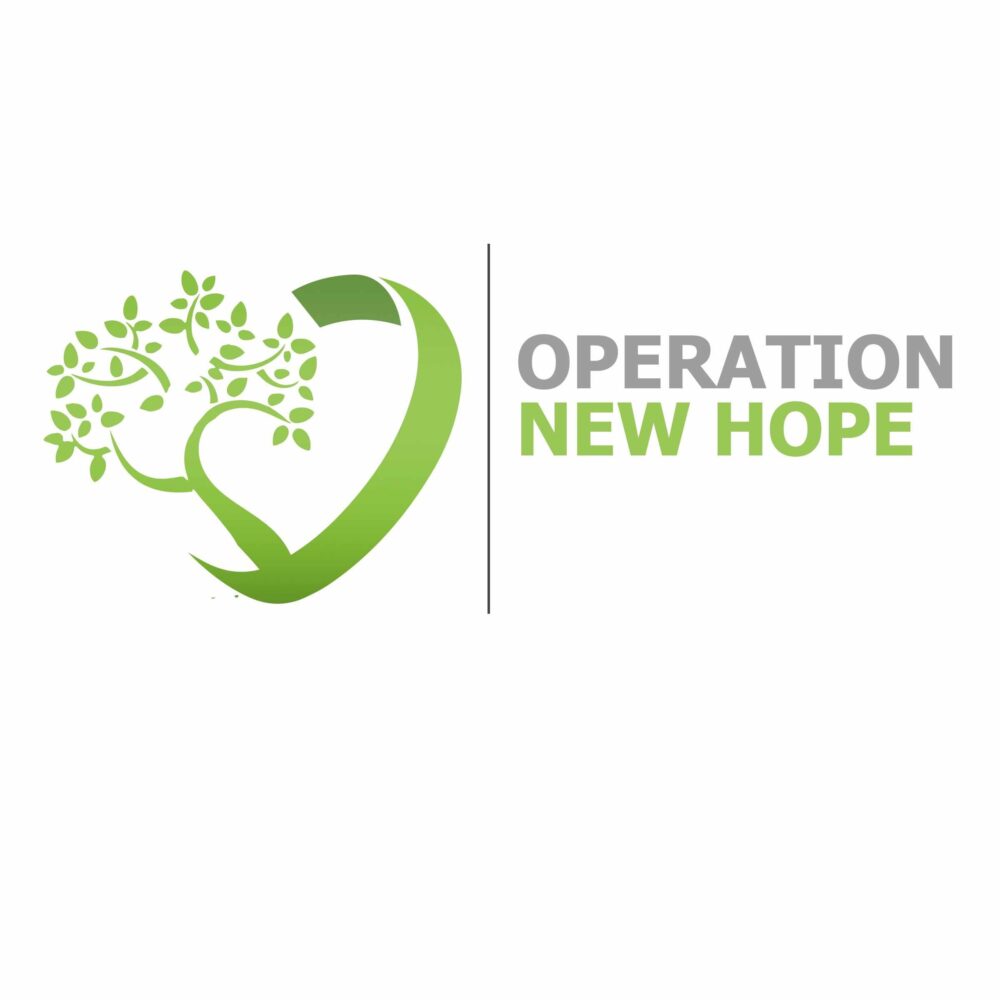
The BSCC Warm Hand Off (WHO) program provides case management services intended to assist justice-involved individuals in obtaining resources needed to address barriers to personal self-sufficiency. BOSS conducts need assessments and provides family reunification assistance and referrals to services provided by BOSS and outside agencies.
The BSCC WHO funding partnership, sustained the investment San Bernardino County Workforce Development Department provided with the state’s Prison to Employment Initiative.
2018, Riverside and San Bernardino County Workforce Development Boards have come together one more time to collaborate and bring essential funding resources for those in need of employment opportunities and workforce training support. Both County Workforce Development Boards have teamed up with The Corrections Workforce Partnership Agreement – Prison to Employment Initiative.
The Corrections Workforce Partnership Agreement is intended to strengthen linkages between the state workforce and corrections systems in order to improve the process by which the formerly incarcerated and justice-involved* individuals reenter society and the labor force. The Prison to Employment Initiative was a grant program that included in the Governor’s 2018 Budget proposal and includes $37 million over three budget years to operationalize integration of workforce and reentry services in the state’s 14 labor regions. The goal is to improve labor market outcomes by creating a systemic and ongoing partnership between rehabilitative programs within California Department of Corrections and Rehabilitation (CDCR) and the state workforce system by bringing CDCR under the policy umbrella of the State Workforce Plan.
California releases approximately 36,000 people from the state prison each year, a portion of whom have received in-prison job-training rehabilitative services such as Career Technical Education (CTE) or have participated in programs operated by the California Prison Industry Authority (CalPIA). Concurrently, California manages federal Workforce Innovation and Opportunity Act (WIOA) funds through its State Workforce Plan developed by the California Workforce Development Board (State Board) and implemented by Local Workforce Development Boards (Local Boards) across the state.
While there is some, often informal, coordination between these two systems there is no formal, sustained, and systemic, relationship between them. Some reentry and workforce programs have been created to target certain subpopulations of the state’s supervised population, as discussed below, and while these programs have provided good data and lessons learned, an ongoing marriage of the two systems is needed to better integrate services operating in isolation, and to fill gaps and provide holistic and long-term outcomes to reduce recidivism.
The partnership agreement will better link education, job training, and work experience in prison to post-release jobs by fostering a system of coordinated service delivery to a population that faces a variety of barriers. It serves as a blueprint for building local and regional partnerships to improve labor market outcomes and reduce recidivism. Policy strategies outlined in this agreement include:
- Sector Strategies
- Career Pathways
- Organizing Regionally
- Earn and Learn
- Supportive Services
- Integrated Service Delivery and Braided Resources
- Building Cross-System Data Capacity
The partnership agreement will inform policies specific to California’s 14 Labor Regions, 45 Local Workforce Development Boards, and 200 contracted America’s Job Centers of California (AJCCs), and how they serve the state’s formerly incarcerated and justice-involved population.
The partnership agreement and Prison to Employment Initiative build off of existing grants and initiatives administered by the State Board that targets the formerly incarcerated and justice-involved population. These programs include Workforce Accelerator Fund, ForwardFocus: AB 2060 Supervised Population Workforce Training, and Proposition 39 Pre-Apprenticeship. This new approach takes the best of the existing initiatives; and integrates these into systemic and ongoing change through the development of regional plans to coordinate service delivery based on local labor conditions, resources, and partners.
ONH’s CA BSCC WHO program entitled “Bounce Back” continues the successful implementation of the Inland Empire’s Prison to Employment Initiative.
